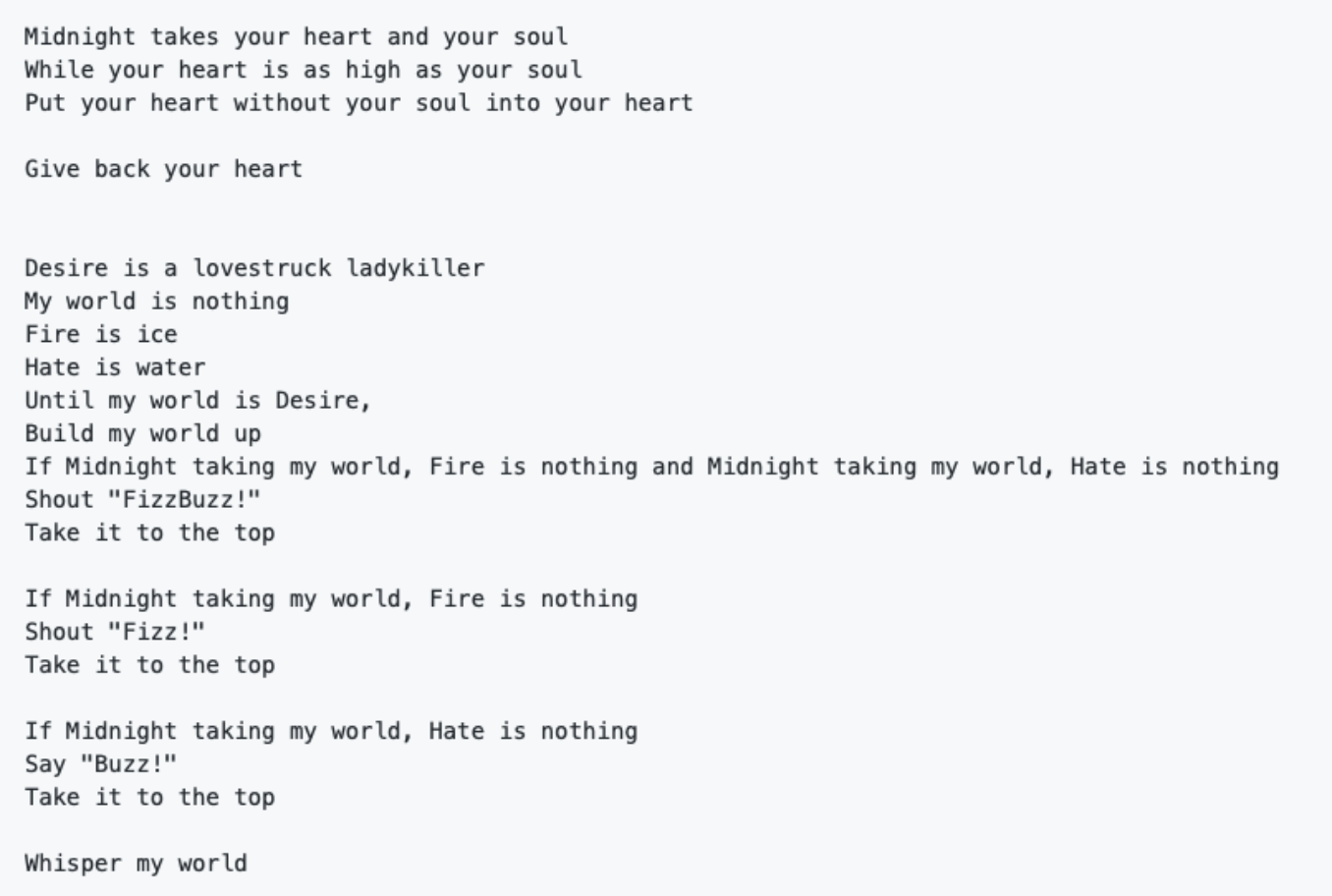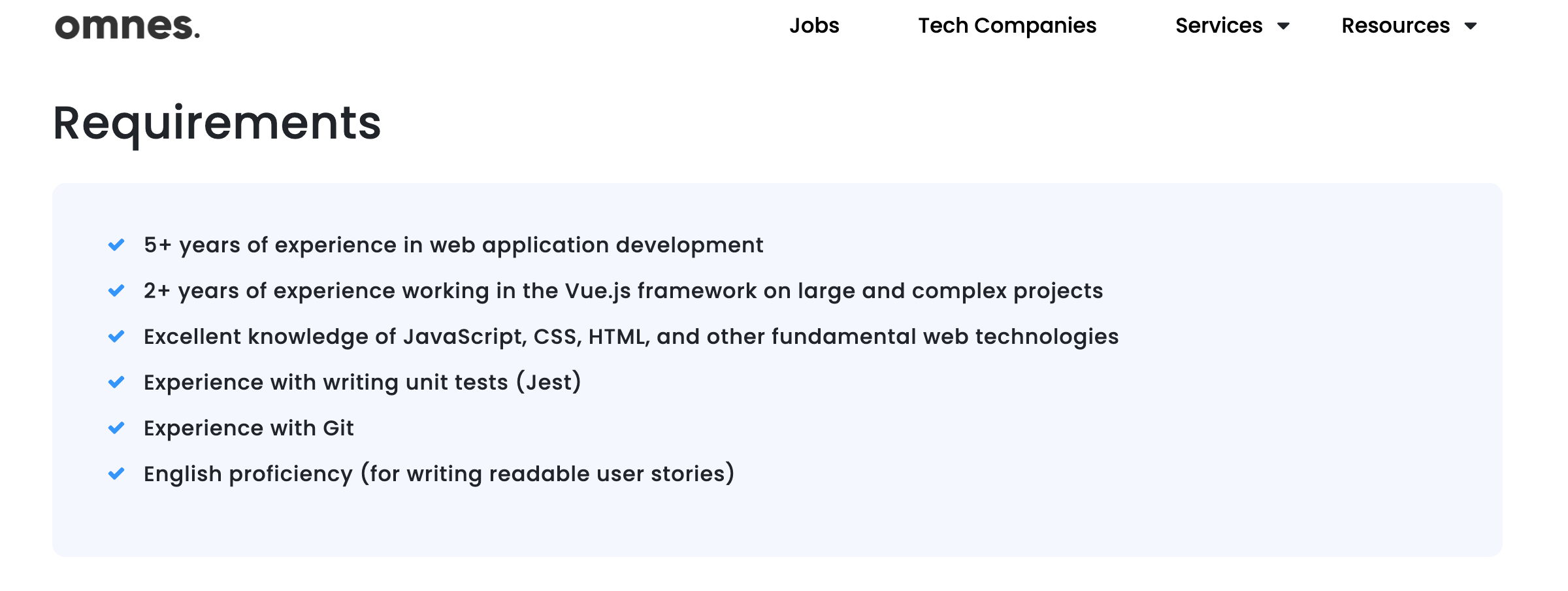Programming
The Best Programming Languages to Learn First

TL;DR: Python leads with 29.85% market share driven by AI/ML demand, while JavaScript remains essential for web development. But here’s what most hiring managers miss: the rise of AI-powered coding tools like GitHub Copilot has fundamentally altered what skills you should prioritize when building your engineering team.
The question isn’t simply “which programming language should we hire for?” anymore. Companies are increasingly leveraging AI to automate routine coding tasks, reducing the need for large engineering teams and prioritizing professionals who can manage AI-driven workflows rather than simply write code.
Let’s cut through the noise and examine what’s actually happening in today’s tech hiring landscape.
The Reality Check: What the 2025 Job Market Actually Tells Us
Software developer job listings are down 35% from their 2022 peak, but don’t let that fool you into thinking demand has disappeared. Most technology positions tracked by the U.S. Bureau of Labor Statistics show unemployment rates well below the national average—software developers at 2.8%, systems analysts at 1.8%, and security analysts at 2.3%.
What’s changed is selectivity. Companies are becoming more selective with their technical hires while businesses struggle to ship quickly due to a shortage of qualified engineers. The old approach of scanning resumes for keyword matches no longer works when every engineer claims “full-stack” experience.
Python: The AI Revolution’s Programming Language
Python dominates with 29.85% market share, and it’s no surprise given AI and machine learning’s explosive growth. But here’s what matters for your hiring strategy: the type of Python developer you need has evolved.
Traditional Python roles focused on web development with Django or Flask. Modern Python roles require understanding of:
- AI/ML libraries (TensorFlow, PyTorch, scikit-learn)
- Data pipeline orchestration (Apache Airflow, Prefect)
- Cloud-native Python deployment (Kubernetes, serverless functions)
- LLM integration and prompt engineering
When interviewing Python candidates, dig beyond syntax knowledge. Ask: “How would you architect a system that processes real-time data for ML model inference?” The answer reveals whether they understand modern Python’s role in AI-driven products.

JavaScript/TypeScript: Beyond the Browser Wars
JavaScript maintains its position with 7.92% market share, remaining essential for front-end development. But traditional frontend development is seeing fewer job postings, suggesting a shift toward full-stack or specialized backend roles.
The modern JavaScript landscape demands expertise in:
- Server-side rendering (Next.js, Nuxt.js) for performance optimization
- Edge computing (Vercel Edge Functions, Cloudflare Workers)
- TypeScript for enterprise applications where type safety is non-negotiable
- Micro-frontend architectures for large-scale applications
TypeScript continues gaining popularity for large-scale web development, with its static typing and enhanced tooling making it preferred for complex applications. If your product serves enterprise clients or handles complex state management, TypeScript experience isn’t optional, it’s essential.
Go and Rust: The Cloud-Native Performance Leaders
Go’s popularity continues to grow as global demand for cloud computing rises, with its simple syntax, built-in concurrency support, and high performance making it well-suited for cloud-native applications.
Go excels in:
- Microservices architecture (Docker, Kubernetes ecosystems)
- API gateway and service mesh implementations
- High-throughput data processing systems
- Infrastructure tooling (think Terraform, Docker)
Rust is emerging for system-level programming where memory safety and performance are critical. Rust’s memory safety, high performance, and robust security properties make it particularly well-suited for performance- and safety-critical applications.
If your architecture includes real-time systems, embedded software, or blockchain applications, Rust expertise provides competitive advantages that Go simply cannot match.
In this article, you can find answers to these questions. Keep in mind that these are all useful languages that will bring you closer to your goal if you’re committed.
Java and C#: Enterprise Workhorses Evolving
Despite competition from newer languages like Kotlin and Go, Java remains widely used in enterprise software, Android development, and backend systems. But the Java developer you need in 2025 looks different from five years ago.
Modern Java development requires:
- Spring Boot microservices architecture
- GraalVM native image compilation for faster startup times
- Reactive programming (Spring WebFlux, Project Reactor)
- Cloud-native Java frameworks (Quarkus, Micronaut)
C# has been increasingly utilized in game development and enterprise software, with deep integration with the Unity game engine cementing C# as a top game developer language. For enterprise applications, .NET’s cross-platform capabilities make C# developers valuable for modernizing legacy Windows-based systems.
The Skills Gap Reality: What Companies Actually Need
According to research for the Demand for Skilled Talent report, the most evident skills gap on technology teams is within AI, machine learning and data science. But let’s be specific about what this means for different roles:
Platform Engineers vs Product Engineers
Platform-focused AI engineers build centralized tools and infrastructure to accelerate AI development, while product-focused AI engineers work inside product teams and ship AI features for users. Understanding this distinction helps you write better job descriptions and evaluate candidates correctly.
Legacy System Modernization
Developers who can maintain and modernize legacy systems are highly valued, with work including ensuring security, improving performance, and integrating legacy systems with newer technologies like APIs or microservices. Many companies underestimate this need when planning their hiring strategy.
Cloud and DevOps: The Infrastructure Reality
Cloud services like AWS, Google Cloud, and Microsoft Azure are at the core of modern software infrastructure, with over 90% of global enterprises expected to use cloud platforms by 2025.
Critical cloud competencies include:
- Infrastructure as Code (Terraform, CloudFormation, Pulumi)
- Container orchestration (Kubernetes, Docker Swarm)
- Observability and monitoring (Prometheus, Grafana, OpenTelemetry)
- Security in cloud environments (IAM, secrets management, network policies)
When evaluating DevOps candidates, focus on their experience with incident response and disaster recovery. Anyone can deploy to the cloud; few can architect systems that gracefully handle failure at scale.
The Real Solidity Market: Beyond Cryptocurrency Hype
Enterprise blockchain adoption is driving legitimate technical roles:
- Financial services: JPMorgan’s JPM Coin, traditional banks building DeFi interfaces
- Supply chain management: Walmart’s food traceability, pharmaceutical verification systems
- Gaming and entertainment: play-to-earn game economies
- Identity management: Self-sovereign identity systems, credential verification platforms
Major industries entering the space, including finance, healthcare and logistics, are expanding demand for blockchain engineers. When Deutsche Bank builds blockchain settlement systems or Nike creates digital collectibles, they need engineers who understand both traditional software architecture and decentralized protocols.
Technical Depth: What Separates Junior from Senior Solidity Developers
Entry-level Solidity developers can write basic smart contracts and deploy them to testnets. Senior Solidity engineers architect systems that handle millions in value while remaining secure and gas-efficient.
Core technical competencies for serious Solidity roles:
Security Architecture:
- Understanding of reentrancy attacks, overflow vulnerabilities, and access control patterns
- Experience with formal verification tools (Certora, TLA+)
- Smart contract audit procedures and security review processes
- Implementation of upgradeable contract patterns (proxy contracts, diamond standard)
Performance Optimization:
- Gas optimization techniques for cost-effective deployment and execution
- Understanding of EVM internals and bytecode optimization
- Assembly-level programming for critical performance sections
- Layer 2 scaling solutions integration (Optimism, Arbitrum, Polygon)
DeFi Protocol Development:
- Automated Market Maker (AMM) implementation and liquidity management
- Yield farming and staking mechanisms
- Cross-chain bridge architecture and atomic swaps
- Oracle integration for external data feeds (Chainlink, Band Protocol)
Enterprise Integration:
- Compliance and regulatory framework implementation
- Web3 API development for traditional application integration
- Event-driven architecture for blockchain data indexing
- Hybrid on-chain/off-chain system design
Strategic Language Selection: Matching Business Needs
For Startups and Scale-ups: Python and JavaScript remain your best bets for rapid development and talent availability. The ecosystem maturity and hiring pool depth outweigh cutting-edge performance considerations.
For Enterprise and Financial Services: Java and C# provide the stability, security, and regulatory compliance frameworks that regulated industries require. Don’t chase trends when handling mission-critical systems.
For Performance-Critical Applications: Go for backend services, Rust for system programming, and C++ for real-time applications. Latency requirements should drive language selection, not popularity metrics.
For AI/ML Products: Python dominates, but consider Julia for scientific computing or R for statistical analysis. Language choice depends on your specific AI use case and team expertise.
The Hiring Strategy That Actually Works
Given 95% of tech leaders face challenges finding skilled workers, your approach to technical hiring needs to evolve beyond traditional methods.
Focus on fundamental problem-solving over specific syntax knowledge. A strong engineer can learn new languages; analytical thinking and system design skills transfer across technologies.
Prioritize hands-on experience with real-world projects over certification collections. Ask candidates to walk through architecture decisions they’ve made and trade-offs they’ve considered.
Evaluate AI collaboration skills. The shift toward engineers with expertise in AI augmentation, system architecture, and cross-functional problem-solving means traditional coding assessments miss crucial competencies.
Looking Forward: Programming Languages in an AI-Augmented World
It’s easy enough for software engineers to become AI engineers: just build applications on top of LLMs. This accessibility is reshaping what skills remain uniquely human and valuable.
Languages that enhance AI productivity:
- Python for rapid prototyping and ML experimentation
- TypeScript for building robust AI-powered user interfaces
- Go for AI infrastructure and high-performance APIs
- Rust for AI edge computing and embedded applications
- Solidity for AI-integrated smart contracts and decentralized AI marketplaces
The programming languages your team learns should align with how AI tools augment rather than replace human developers. Focus on languages that excel in areas where human judgment and creativity remain irreplaceable: system architecture, user experience design, and complex business logic implementation.
Bottom Line: The most important programming language for your 2025 hiring strategy isn’t determined by popularity rankings—it’s the one that best matches your technical architecture, team experience, and business requirements. Technology hiring trends in 2025 indicate that candidates place high value on exposure to AI and machine learning projects, as these skills significantly enhance their career trajectories.
The companies succeeding in today’s competitive hiring market understand that language proficiency is just the foundation. The real competitive advantage comes from engineers who can architect systems, collaborate with AI tools, and adapt to evolving technical requirements.
Ready to build a hiring strategy that actually reflects today’s market realities? Let’s discuss how the current tech landscape impacts your specific technical requirements and talent acquisition approach.
